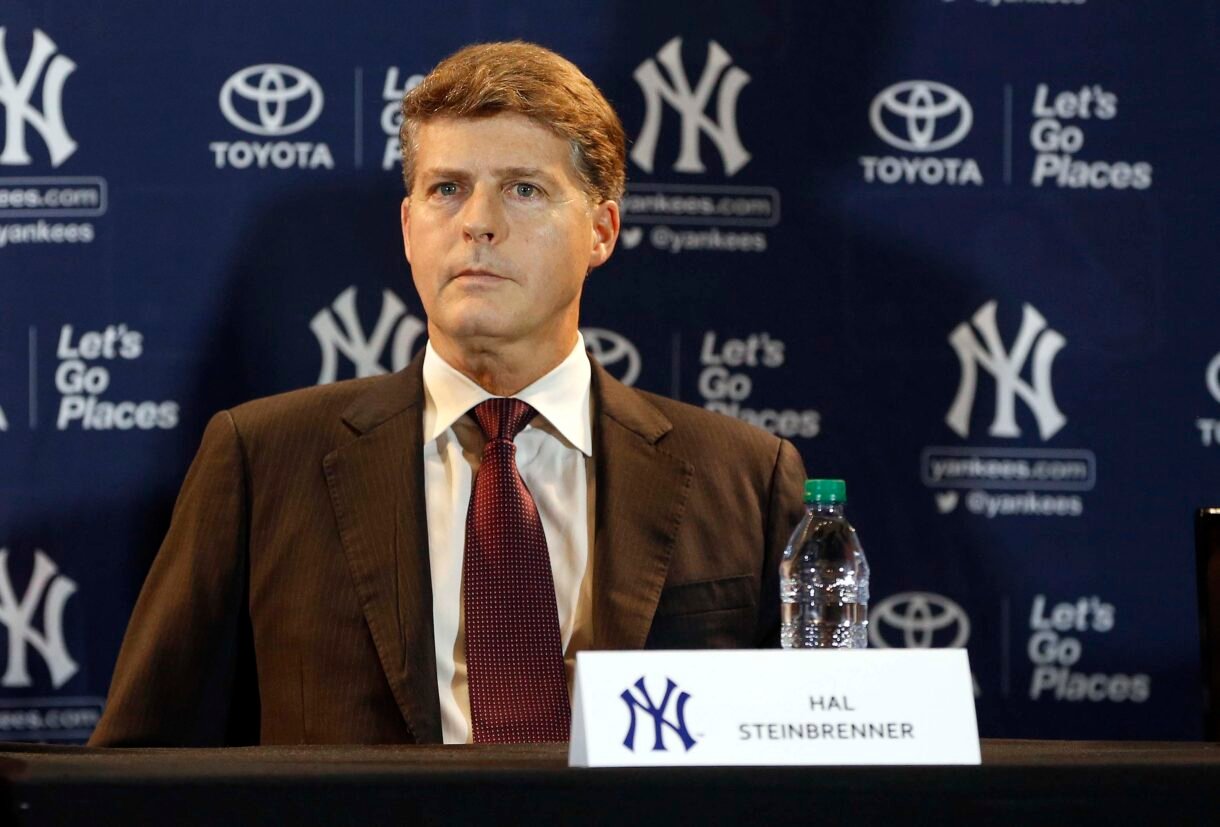
In the minds of many New York Yankees fans, the New York Yankees print money. Their success is measured by rings, their failures by every dollar that didn’t turn into one.
Owner and managing partner Hal Steinbrenner’s message on Monday wasn’t exactly subtle. He pushed back against the idea that the Yankees live in permanent profit, calling the assumption unfair and inaccurate. He didn’t break out spreadsheets or point-by-point breakdowns, but he didn’t have to. He had made his point.
The number he chose to highlight did the job: a hundred million dollars paid to the City of New York every February 1, even during the shutdowns and revenue collapses of the Covid season.
Whether he was asking for sympathy or nudging the public conversation toward a reality the Yankees have always lived with and rarely talk about is another debate.

Payroll Pressure and the Championship Standard
The Yankees’ payroll sat at 319 million dollars in 2025, and Steinbrenner admitted the obvious: it could climb higher in 2026. Even he would prefer it to move in the opposite direction, as he implied. The problem is that preference doesn’t build a roster. Holes do. And the Yankees have enough of them heading into the offseason to guarantee that any attempt to trim the budget sits on shaky ground.
The owner didn’t hide from that contradiction. He said, almost matter-of-factly, that while a smaller payroll would be ideal, it isn’t realistic if the goal is to field a championship team. Some fans hear that and wonder whether the Yankees should simply muscle past everyone and spend enough to remove doubt. Others listen to the words behind the words: money alone isn’t fixing what’s been broken.
What’s clear is that the Yankees won’t be operating like a team searching for thrift-store bargains. They can’t. Not with the roster in its current state, not with the expectations they carry, and not with the calendar telling them that rivals across the league are ready to be aggressive.

The Reality of the Offseason Ahead
Several contracts will fall off the books this winter, but that relief comes with conditions. When a veteran walks away, so does his production. When a rotation spot opens, so does a potential liability. The Yankees aren’t shedding money for its own sake; they’re clearing space to spend again. That cycle is familiar by now, and it’s one Steinbrenner knows won’t end as long as the goal remains the same.
The free agent market hasn’t exactly offered discounts in recent years, either. High-end pitching costs a fortune. Impact bats cost a fortune. Even depth pieces cost more than they used to, which is part of why the Yankees fall back on the same strategy every winter: prioritize the top of the roster, hope internal development fills the cracks, and trust that star power can overcome the inefficiencies.
How well that plan works depends on who actually arrives in the Bronx and how aggressively the front office moves in the coming weeks. But for the first time in a while, Steinbrenner put the financial conversation in a different frame.
